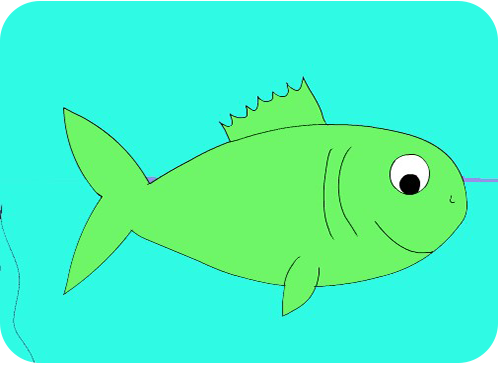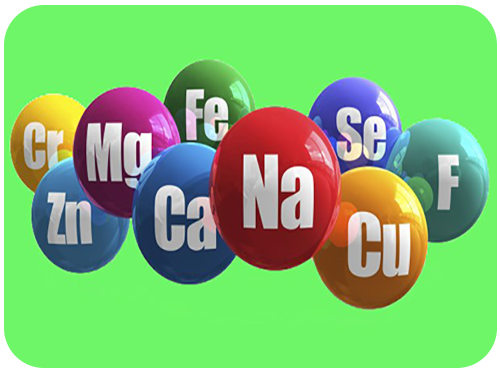Vitamins:
Vitamins are excellent complex compounds that are only slightly needed for growth, reproduction, health, overall metabolism, and do most of the vital functions of the body. In fact, they can be called critical catalysts. Vitamins in the diet of fish that do not use live food such as salmon are essential.
Factors affecting vitamin intake amount:
1) Age 2) Growth 3) Physiological Health
4) Environmental status 5) Diet vision 6) Monte health status
There are 11 types of water-soluble and 4 fat-soluble vitamins.
Water-soluble vitamins include ascorbic acid, choline, inositol, thiamine, riboflavin, niacin, pyridoxine, Pantothenic acid, biotin, folic acid and Cyanocobalamin.
Fat-soluble vitamins include: Vitamin A, E. D. K.
If excessive amounts of fat-soluble vitamins are needed, they accumulate in the body’s tissues and cause poisoning, which is called Hypervitaminosis.
To look at this type of poisoning in more detail we can say:
1) Increased vitamin A leads to: Decreased growth and hematocrit, severe necrosis.
2) Increased vitamin D leads to: decreased growth, lethargy.
3) Increased vitamin E leads to: Slow growth and loss of onset.
Aquatic rationing is formulated and prepared to provide the vitamins needed for the mixed fish, often sprayed at the end of the production process and often referred to as vitamin supplements.
Minerals:
Another non-energy ingredient in aquatic diets is that it strengthens, strengthens bones, and enhances metabolism of fish and shrimp.
Minerals are divided into 4 categories:
1) The key elements, including carbon, hydrogen, oxygen and nitrogen, are provided through nutrients and are involved in the body’s metabolic activities.
2) Elements of consumption: These include calcium, phosphorus, magnesium, sodium, chlorine, potassium, and sulfur. Fish need these elements more than 100 mg per kg diet.
3) Micronutrients: The amount of fish needed for these elements is less than 100 mg / kg of diet, for example, such as iron, copper, zinc, manganese, nickel, cobalt, molybdenum, selenium, chromium, iodine. , Fluorine, tin, silicon and vanadium.
These elements are involved in the structure of enzymes.
4) Toxic elements: Lead, mercury, aluminum, arsenic, antimony, cadmium and chromium, whose toxicity depends on the degree of water hardness.
TIP: The amount of aquatic minerals needed is determined by their concentration in the environment, the freshwater fish have less access to natural minerals, and therefore the need for mineral supplements needs to be increased.




